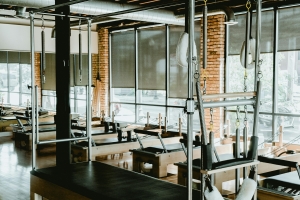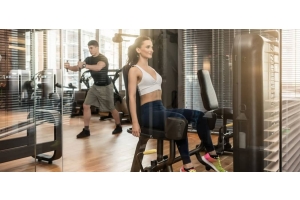The Pilates takeover: The rise of the 'Pilates Girl' lifestyle, in numbers

If you've spent any time on social media over the last few weeks, you've no doubt seen the odd Pilates video here and there. It's been around for decades, but the exercise is starting to boom online. Platforms like Instagram, TikTok, and YouTube are packed with fitness influencers, instructors, and everyday enthusiasts sharing quick tutorials, transformation stories, and the benefits of regular practice. In fact, "#pilates" has 1.3 million posts on TikTok and counting. Similarly, Google searches for 'pilates' have increased 70% from 12/12/24 to 12/2/25 (Google Trends).
But why is Pilates so popular? What are the benefits, and how can you get started? Below, we'll explore everything you need to know about the Pilates takeover.
Why is Pilates so big right now?
Compared to other forms of exercise, Pilates is a low-impact but highly effective workout, making it accessible to people of all ages and fitness levels. Unlike high-impact workouts like running or HIIT, which can put stress on the joints, Pilates focuses on controlled movements that strengthen the body without harsh impact. Whether you’re using just a mat or adding resistance with reformer machines, you can tailor Pilates to your body’s needs.
Beyond its physical benefits, Pilates is known for reducing stress, improving mobility, and supporting overall well-being. One of the biggest workout trends of last year was somatic exercise: movement that focuses on mind-body awareness. Since Pilates shares many similarities with somatic exercise and emphasises controlled, intentional movement, it naturally aligns with somatic principles, which could be a big reason for its growing popularity.
Another driving force behind Pilates' popularity is its chic aesthetic, making it ideal for social media content. The rise of fitness influencers and wellness culture on platforms like Instagram and TikTok has amplified Pilates' appeal, with many creators sharing their routines in stylish athleisure. The environment also plays a part - a beautiful Pilates studio design with calming décor or chic home setups make for an attractive backdrop that instantly ups the exercise's appeal.
As a result, Pilates has become more than a wellness trend; it's an aesthetic trend, too. Since the end of January, Google searches for 'Pilates girl' have skyrocketed by 6,300% (Google Trends), as people transform their workout into a way of life. We talk more about achieving the 'Pilates girl lifestyle' further down.
What are the most popular types of Pilates?
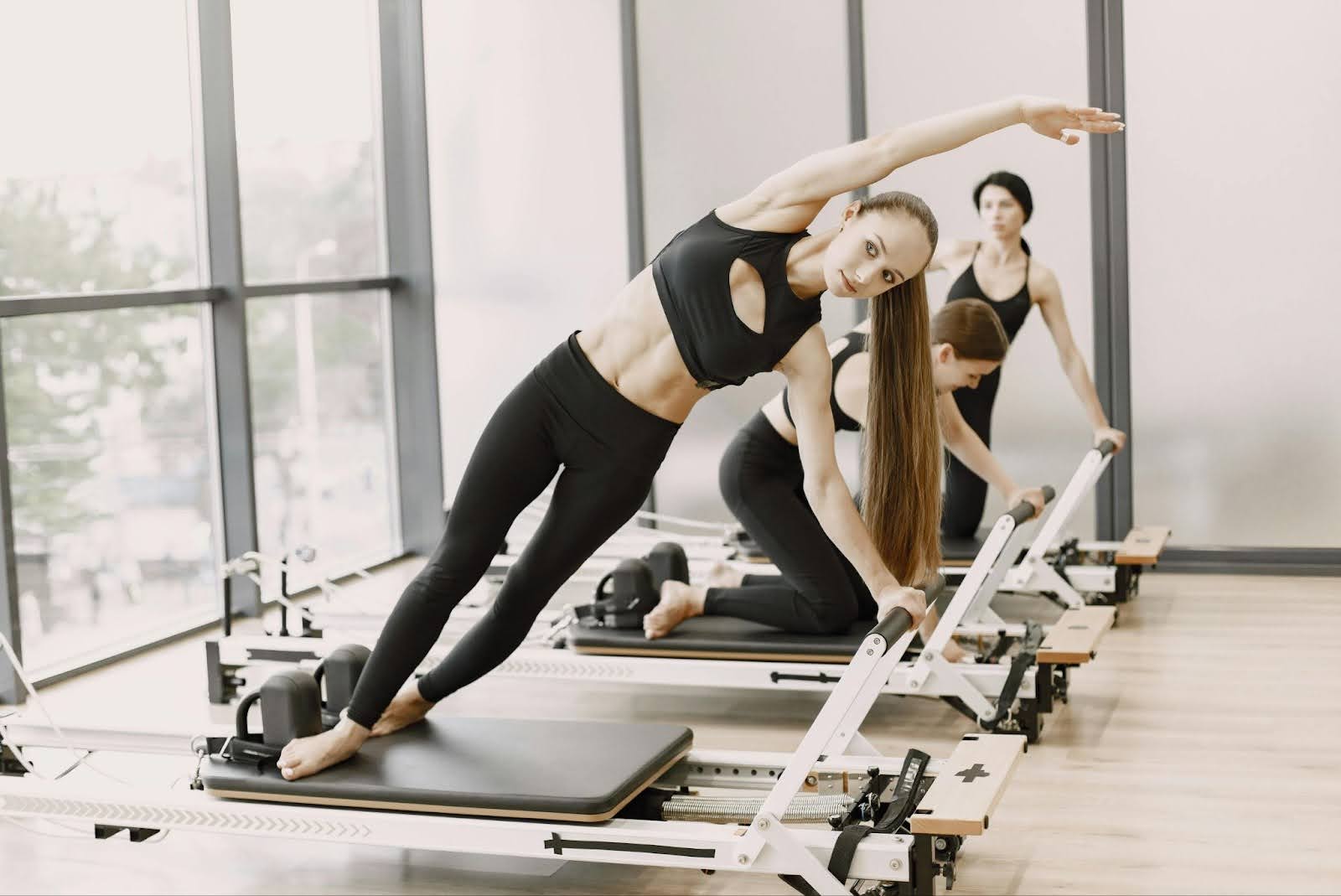
While you might think Pilates is a one-size-fits-all exercise, there are actually many different types. Each style offers its own unique benefits:
- Mat Pilates: The most accessible form of Pilates, performed on a mat using bodyweight resistance. It focuses on core strength, balance, and control, often using small props like resistance bands or Pilates rings to add variety.
- Reformer Pilates: Performed on a Reformer machine, this style adds resistance through springs, straps, and a moving carriage to intensify exercises. It’s great for full-body strength, core control, and flexibility, offering a dynamic and challenging workout. Reformers can also be upgraded with a Cadillac for even more flexibility and movement.
- Chair Pilates: A modified form of Pilates that uses a Pilates chair as a support for exercises. Also known as a Wunda Chair, this is a compact but powerful piece of Pilates equipment often used in advanced Pilates training. It consists of a sturdy box with a spring-loaded pedal, allowing for a wide range of strength, balance, and mobility exercises.
- Barre Pilates: A fusion of Pilates, ballet, and strength training, this style focuses on small, controlled movements, high reps, and isometric holds to sculpt and tone muscles. Often done with a ballet barre, it’s great for leg and glute endurance, posture, and flexibility.
- Contemporary Pilates: A modern take on Pilates, blending classic movements with elements from physiotherapy, yoga, and functional training. Often more adaptable and customised for rehabilitation, sports performance, or general fitness.
- Classical Pilates: Joseph Pilates’ original method follows a structured sequence of exercises designed to flow seamlessly, unlike modern forms of Pilates that can incorporate other movements like HIIT exercises. It emphasises precision, breath control, and full-body engagement.
- Stott Pilates: A scientific and rehabilitation-focused approach to Pilates, developed by Moira Stott. It modernises classical Pilates by emphasising spinal alignment, natural movement patterns, and core stability, making it a popular choice for injury prevention and recovery.
So, which is the most popular type of Pilates here in the UK?
According to recent search data, reformer Pilates is far and away the most popular, with a 57% uptick in Google searches since 12/12/2024 (Google Trends). Here's the top five:
1. Reformer
2. Mat Pilates/Chair Pilates
3. Barre Pilates/Hot Pilates
4. Stott Pilates
5. Classical Pilates
Where in the UK is Pilates most popular?
When it comes to Pilates, certain cities are leading the way in both traditional Pilates and the more equipment-focused reformer Pilates. So which UK cities are embracing this transformative workout the most? We've pulled Google search data for both "Pilates" and "reformer Pilates" to find out.
Top 10 UK cities for 'Pilates'
1. London
2. Manchester
3. Birmingham
4. Glasgow
5. Edinburgh
6. Liverpool
7. Bristol
8. Leeds/Sheffield
9. Cardiff
10. Newcastle
Top 10 UK cities for 'reformer Pilates'
1. London
2. Manchester
3. Glasgow
4. Leeds
5. Birmingham
6. Bristol/Edinburgh
7. Nottingham/Liverpool
8. Brighton/Milton Keynes
9. Cardiff/Aberdeen
10. Derby/Belfast
The Pilates girl lifestyle
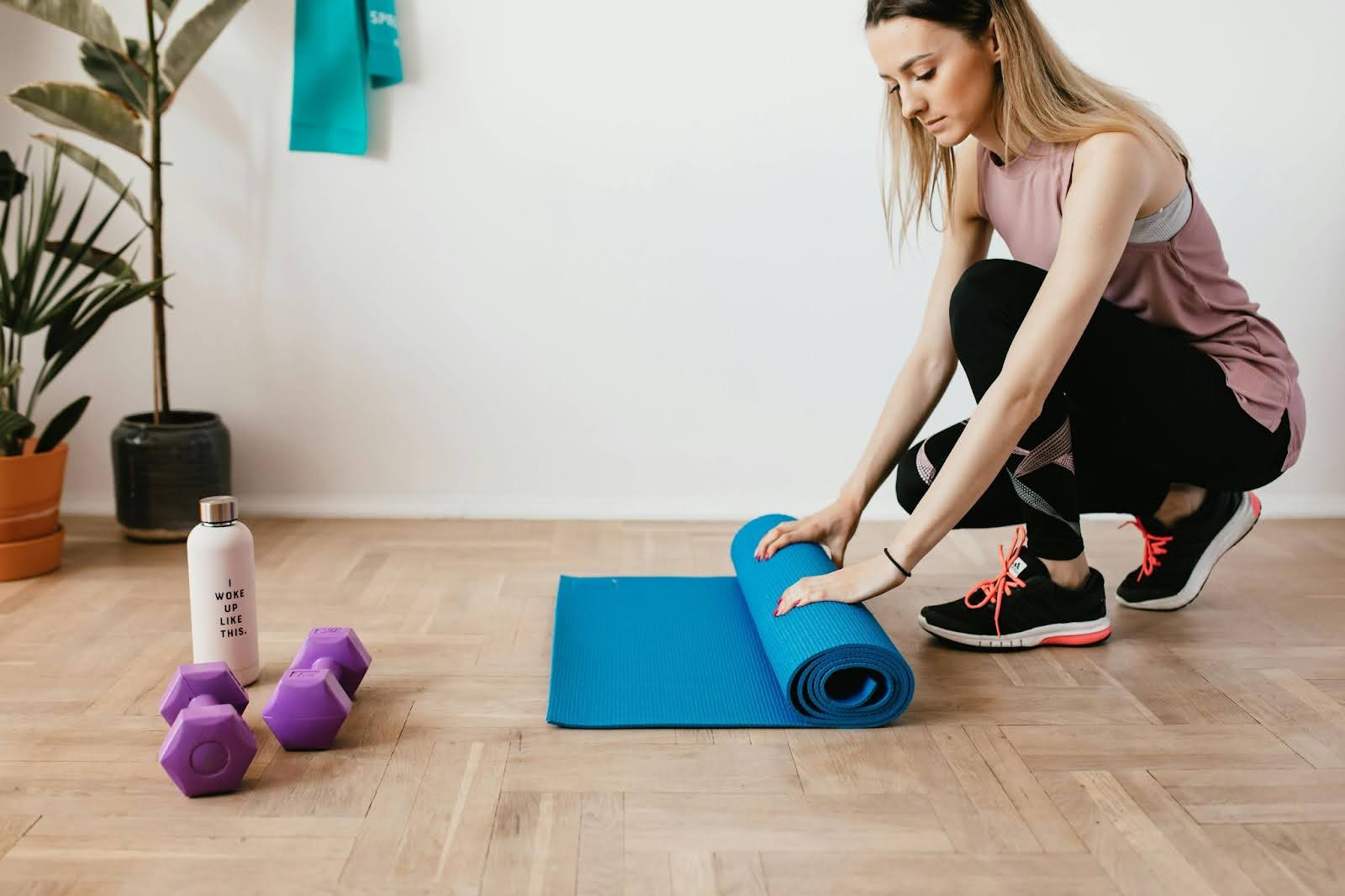
Want to achieve the Pilates girl lifestyle for yourself? It's all about embracing a balance of fitness, wellness, and a mindful approach to life, while still remembering to have fun. Here's how to get there:
Commit to Pilates
It goes without saying, but the main component of becoming a 'Pilates girl' is making Pilates a regular part of your routine. Whether it’s mat Pilates, reformer sessions, or a combination, aim to do it a few times a week to build strength, flexibility, and a toned body.
You can start by following a video tutorial at home, but signing up for classes is a great way to introduce yourself to the exercises, get advice from a professional instructor, and connect with others who share your fitness goals. If you're new to regular exercise, booking a block of classes not only provides structure but also offers a fantastic opportunity to make new friends, which can be a powerful motivator.
Once you're familiar with the exercises, you could then invest in your own Pilates equipment. You will need:
- A Pilates mat: A thick, non-slip Pilates mat for comfort and support
- Resistance bands: Great for adding challenge and building strength
- Pilates ring: Helps with toning and muscle engagement
- Small exercise ball: Supports core work and posture alignment
- Ankle or wrist weights: Optional for extra resistance in exercises. You can also use a set of dumbbells
- Foam roller: Perfect for muscle recovery and improving flexibility
You don't need a large space for a Pilates studio either. A small corner of your living room or a spare room can be enough. Most Pilates equipment, like mats and resistance bands, fold up when you're not using them, and Pilates reformers also come in folding versions if you're short on space.
Want to build your own Pilates studio from scratch? We offer a gym design service where we can help you every step of the way, from choosing equipment to fitting it out.
Prioritise health and wellness
A nutritious diet plays a huge role in feeling your best. Opt for clean, whole foods like fruits, veggies, lean proteins, and healthy fats to fuel your body for workouts and everyday activities. Consider swapping some of your less-healthy snacks and drinks for healthier options. For instance, you can switch your daily iced latte for a herbal tea, iced matcha latte, or green juice — a great way to get the Pilates girl aesthetic, too.
Pilates isn’t just physical, either: it’s also about mindfulness. During your workouts and throughout the day, focus on your breathing and movements to connect your mind and body. Yoga or meditation can also complement your Pilates routine. The Pilates lifestyle values balance, so focus on stress management and cultivating positive relationships with yourself and others.
Remember, rest is just as important as exercise. Prioritise sleep and hydration, and don't neglect your skincare to keep your body feeling rejuvenated.
Get the look
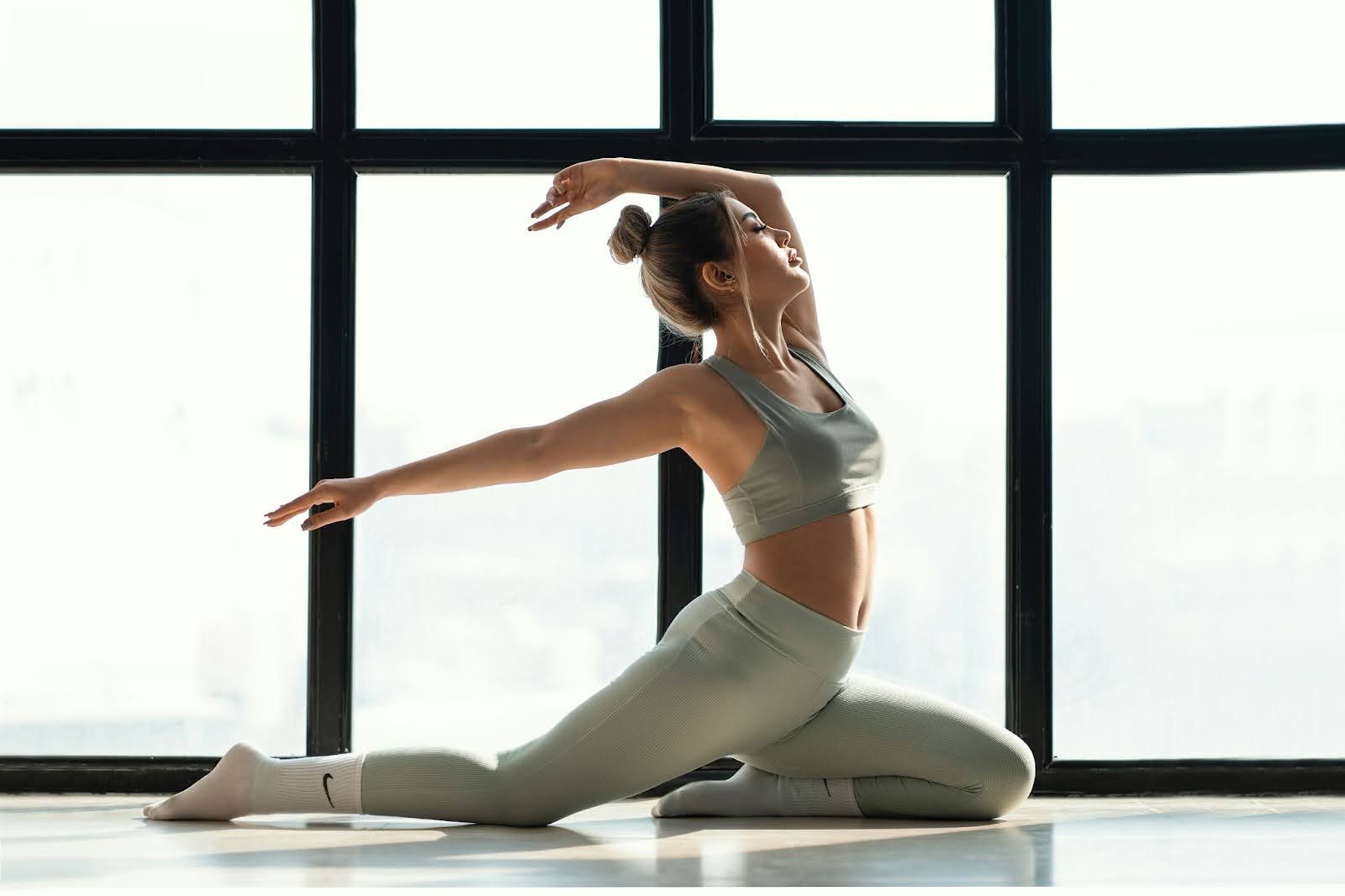
The Pilates girl look is all about chic, functional athleisure. Invest in stylish, comfortable workout gear you can wear from the studio to brunch. Look for clothing you can move easily in so you can get the most out of each Pilates move. Don't forget socks too! A pair of grip socks provides traction on the mat or machine and will ensure you're studio-ready. Finally, finish off the look with a neat bun, claw clip updo, or high ponytail for a polished, slicked-back look that keeps your hair out of your face.
Build a community
Whether online or in-person, a strong community keeps you motivated, inspired, and supported on your journey. You can find like-minded people by attending local classes and following Pilates influencers on social media. Why not share your journey by posting progress updates, your favourite workouts, or wellness tips?
Have fun
Most of all, make sure you have fun with Pilates. If your workout becomes a hobby, it doesn't feel like a workout at all! Adding music to your Pilates routine can help keep you focused, and you can even match the tempo of your movements with the music for a rhythm-based session.
We've put together our own Pilates playlist. All you need to do is pop on your headphones or speakers and get going.
If it's a nice day, you could take your workout outside and do Pilates in the park, on the beach, or in your garden for a refreshing change of scenery. A sunrise or sunset in the background can add an extra feel-good factor.
Finally, don't forget to celebrate small wins. It takes consistency to see results, so don't feel discouraged if you don't notice any right away. Instead, set mini goals like mastering a tough move or improving your flexibility and reward yourself with a small treat like a self-care day or a fancy matcha from your favourite café.
How much does Pilates cost?
When we look at the cost of a Pilates class, we have to refer to Joseph Pilates' famous quote:
"In 10 sessions you will feel the difference, in 20 you will see the difference, and in 30 you'll have a whole new body.”
According to Complete Pilates, an in-person group Pilates class can cost between £10 and £20 per session, on average. That's £100–£200 before you start feeling the results.
We'd recommend you take at least two classes per week to get the benefits, which means in just a month, a basic group class can set you back anywhere from £80 to £160 or even more. That's £960–£1,920 per year.
If you opt for a reformer class, this can cost anywhere from £22 to £35 per session. That's £176–£280 per month and around £2,112–£3,360 or more for a year. If you're thinking about taking classes regularly, you may want to consider investing in your own equipment. Our Pilates reformers start at just £1,449 and can last you unlimited sessions. If you were to use it for a year, that's just £15 per session.
Can men do Pilates?
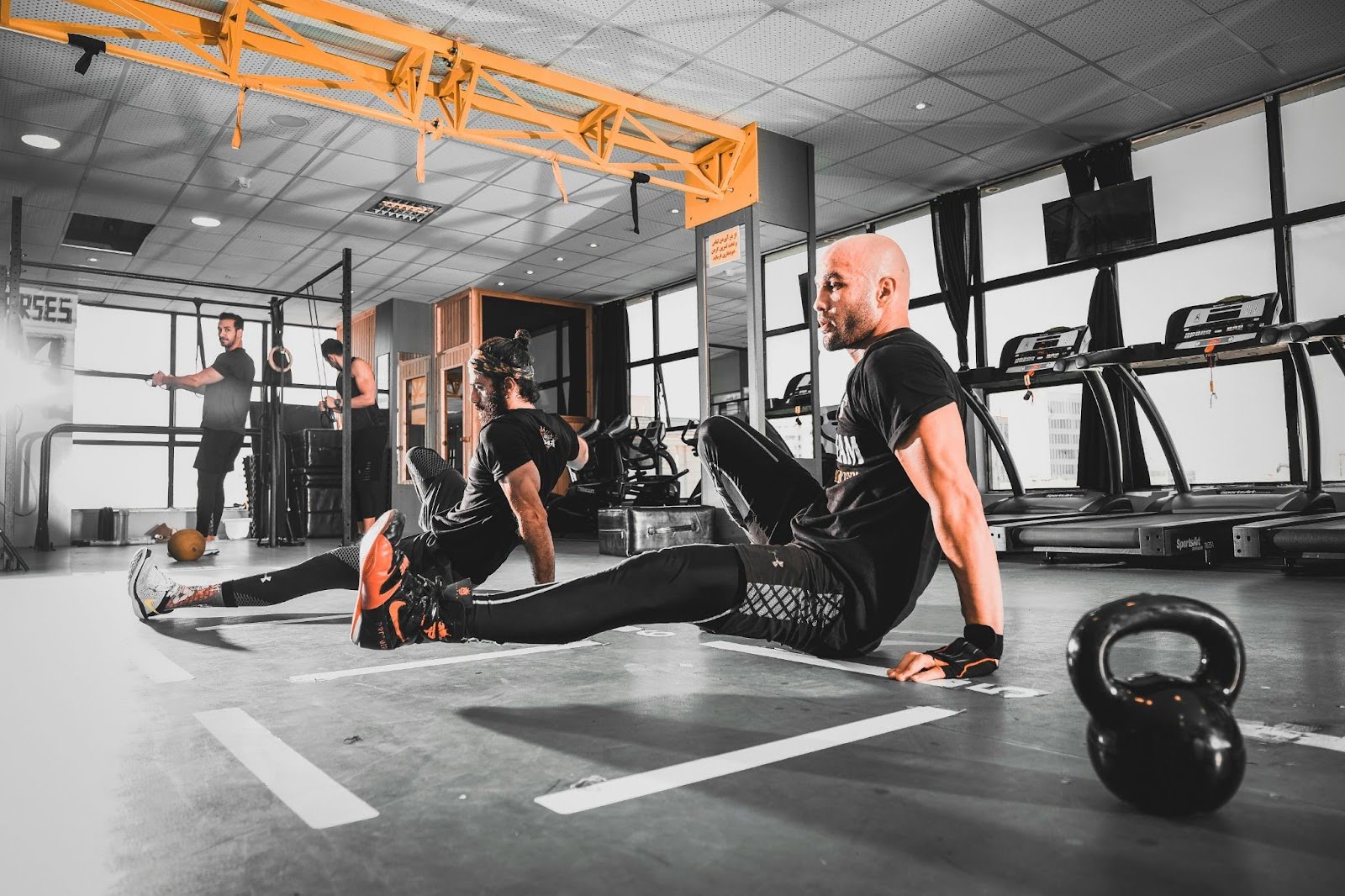
Don't be fooled into thinking Pilates is just for the girls. In fact, Pilates was invented by a man, Joseph Pilates, during World War I as a form of rehabilitation for sick and injured soldiers. Today, many men incorporate Pilates into their fitness routines, including many pro and ex-athletes like Tiger Woods, David Beckham, Lebron James, and Cristiano Ronaldo.
It's a great way to build strength, particularly in your core, without adding bulk. This can be effective for preventing injury and can be particularly good as a supplemental exercise for weightlifting or active sports. Incorporate Pilates into your strength training by using it as active recovery or a core-focused session.
Which Pilates reformer brand is right for you?
If you do decide to commit to the Pilates lifestyle by investing in your own reformer, you might be wondering which of the many options on the market is best for you.
Here, we've outlined the key features of three top Pilates equipment brands, so you can pick the right reformer for your lifestyle, budget, and fitness goals.
MOTU
Pros: Excellent value, sleek design, great for smaller spaces
The new kid on the block when it comes to Pilates reformers, MOTU is causing a stir with its stylish contemporary reformers, which offer excellent value for money. If a lower price point, sleek aesthetics, and compact design are your top priorities, then the MOTU range of reformers are hard to beat.
Studio owners also love the MOTU range and rate the bundle of accessories that come with the machine, including a sitting box, pole, jump board, and platform extender. The spacing-saving MOTU Flex is also the only reformer in the UK that comes with a commercial warranty.
Recommended model: MOTU Flex Folding White Pilates Reformer Bundle
Merrithew
Pros: Longevity, versatility and adjustability, patented rope system, easy storage
Merrithew has been producing Pilates equipment since 1988, meaning many of today's Pilates teachers would have learned the ropes (so to speak) on these machines. The brand has a rock-solid reputation for designing reliable and long-lasting equipment for commercial and healthcare use, and Merrithew Reformers are widely used in studios, hospitals and care settings. So, when you invest in Merrithew, you know you're getting the best.
Merrithew reformers feature a patented retractable rope system and highly adjustable beds, making them suitable for all users of different shapes and sizes. So, they're a great option if you're sharing the reformer with everyone in your household. Studios and gyms also love the stackable design, which makes it easy to stow away multiple reformers.
Recommended model: Merrithew SPX Max Reformer Bundles
Align
Pros: Cool aesthetics, longest travel, great value option for commercial settings
Align Pilates offer a great range of striking designs, from the M8 wooden Reformer to the popular aluminium A8 and C8 Pro models. Customers praise the ultra-smooth action on the Align beds, thanks to the patent-pending rapid change spring bar system. The A8 Pro also offers the longest travel of any standard Reformer on the market. Aesthetically, the range also offers the stylish C8 Pro Noir model, a jet-black Reformer. Align is popular with studios thanks to the competitive commercial pricing.
Recommended model: Align-Pilates M8-Pro Wood Reformer with Sitting Box
Pilates has gone from a workout to a full-on lifestyle, and it’s easy to see why. It builds strength, flexibility, and confidence, and you look great doing it too. Whether you’re into reformer for the challenge, mat Pilates for its simplicity, or barre for that extra burn, there’s a style for everyone.
But Pilates isn’t just about the moves — it’s about creating a space and routine that keeps you coming back. Having the right Pilates equipment, from a gym mat to a reformer, makes all the difference. And if you're setting up a Pilates studio, a calm, minimalist space with the right design can completely transform the experience. Get in touch today to discuss your Pilates studio design with one of our gym design experts. Be sure to take a look at our guide to opening a Pilates reformer studio, too, for more tips.
Methodology
All search data is taken from Ahrefs Keyword Explorer unless otherwise stated. Volumes represent the average number of searches over the last 12 months of known data. Data is correct as of 14/2/2025. The full dataset can be found here.




